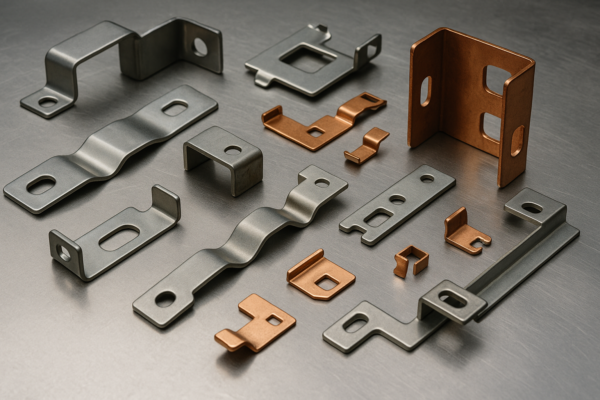Should I use thick or thin welding rods?
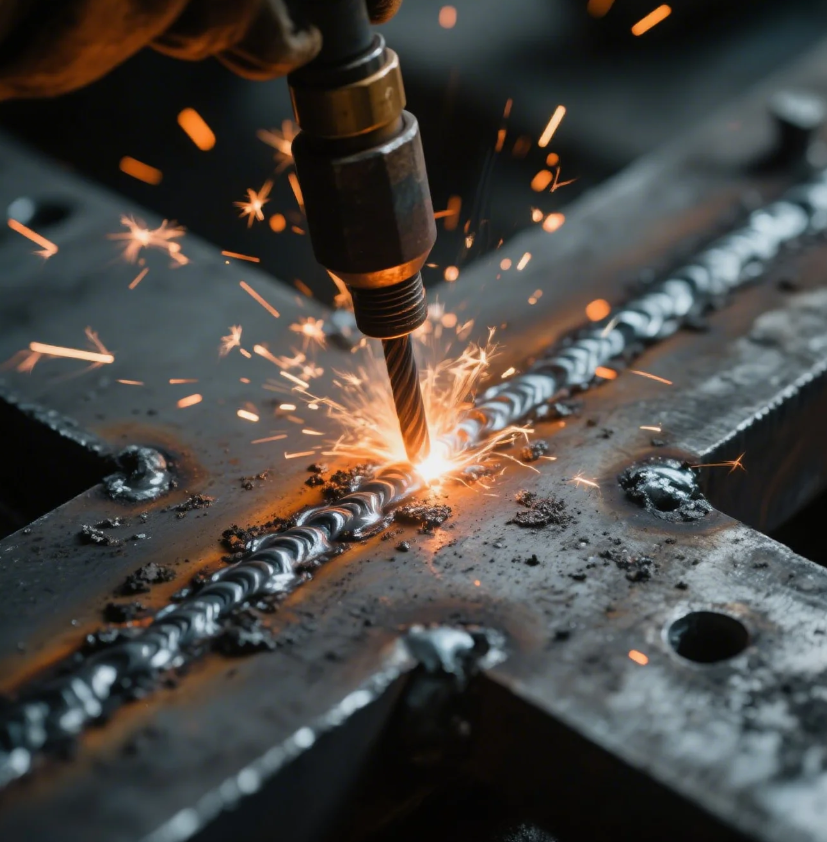
Using the wrong rod thickness causes poor fusion or burn-through.
Welding rod thickness should match base metal thickness, welding position, and power output—thicker rods need higher amperage and deliver deeper penetration.
Let’s find the right size rod for your job.
What thickness of welding rod to use?
Start with your base metal—that’s the key.
Use thinner rods (e.g., 3/32") for thin materials and vertical welding; use thicker rods (e.g., 1/8", 5/32") for structural work or thicker steel.
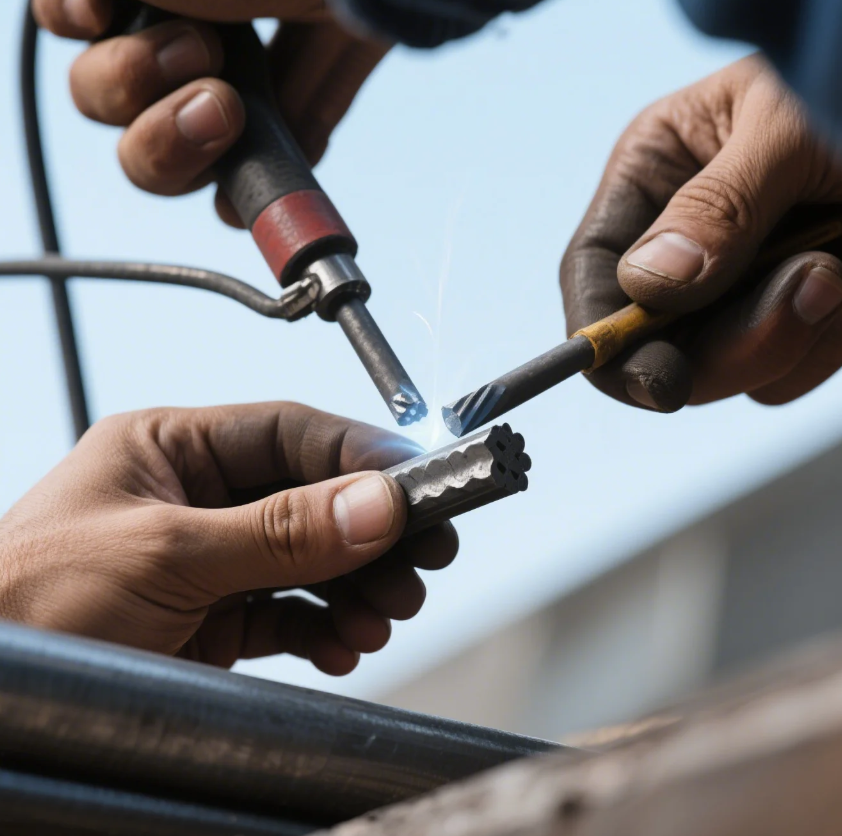
A client from Canada once asked us why their sheet metal was warping during stick welds. We found they were using 1/8" rods on 1.6 mm steel. After switching to 3/32", the welds were clean and controlled.
Welding rod size guide
| Rod Diameter | Base Metal Thickness | Typical Use Case |
|---|---|---|
| 1/16" (1.6 mm) | < 1/8" (3.2 mm) | Light sheet, fine welds |
| 3/32" (2.4 mm) | 1/8" – 3/16" | General-purpose fab, repair |
| 1/8" (3.2 mm) | 3/16" – 1/4" | Structural, farm equipment |
| 5/32" (4.0 mm) | > 1/4" | Heavy-duty plate welding |
At Prime, we include rod sizing charts in our welding supply kits and help clients choose the correct rods for every order—especially when working with ISO-certified parts.
When to use 7014 welding rod?
It’s great when you want strong welds and a smooth arc.
Use 7014 when welding clean mild steel in flat, horizontal, or vertical-down positions—it’s perfect for light fabrication and maintenance.
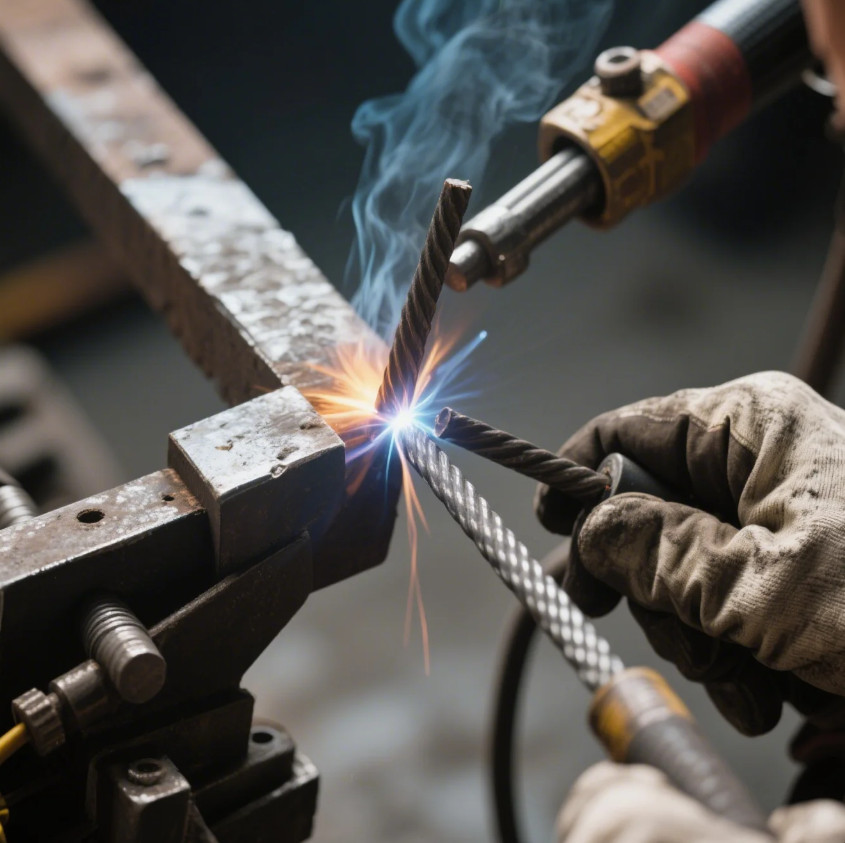
We had a Middle Eastern client building custom gates and structural frames. They preferred 7014 for its clean finish and fast deposition—cutting production time without sacrificing weld quality.
When 7014 works best
- Materials are clean and mill scale-free
- You want easy slag removal and smooth bead
- You’re welding in flat or horizontal positions
- Low-hydrogen properties aren’t required
| Factor | 7014 Benefit |
|---|---|
| Surface condition | Performs well on clean steel |
| Weld position | Best for flat, horizontal, vertical-down |
| Equipment | Works on AC or DC machines |
| User experience | Beginner-friendly, low spatter |
Prime recommends 7014 for clients seeking cost-effective welding solutions with consistent arc performance and fast operator training.
What is the best welding rod for a beginner welder?
Easy starts and clean beads make learning smoother.
The best welding rod for beginners is E6013 or E7014—both are easy to strike, run smoothly, and produce visually clean welds.
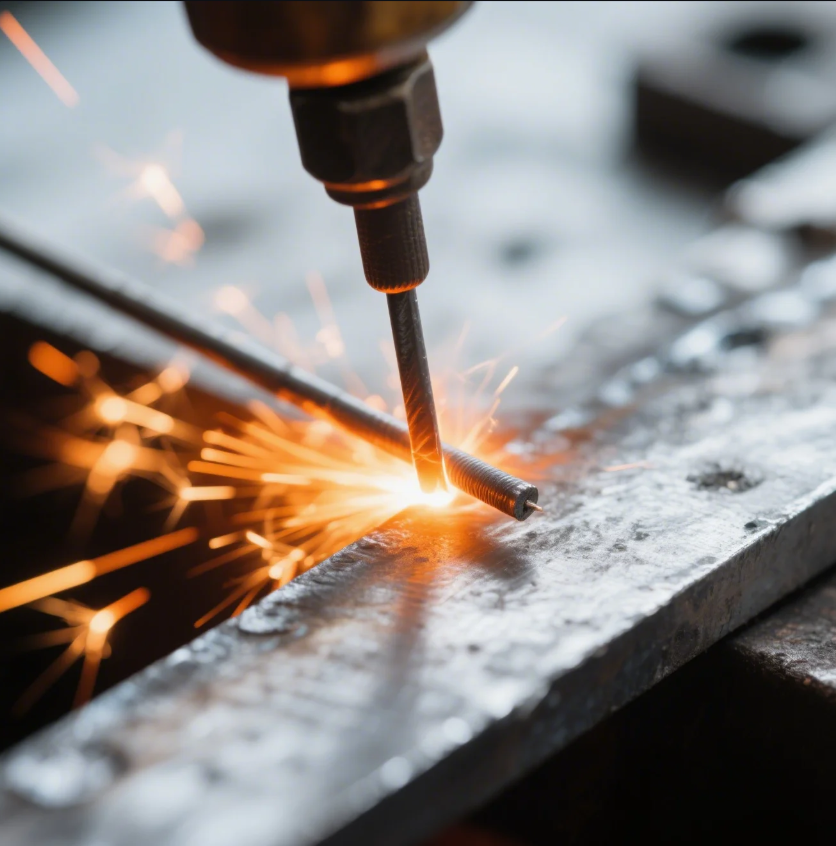
One U.S. client started a training program for new welders. We sent sample packs of 6013 and 7014 rods. Trainees mastered basic welds in just a few hours, and the team leader requested bulk orders to use across multiple job sites.
Beginner-friendly rod features
| Rod Type | Arc Behavior | Spatter | Clean-Up | Ideal Training Use |
|---|---|---|---|---|
| E6013 | Soft, stable | Low | Easy | Sheet metal, small jobs |
| E7014 | Smooth, easy | Very low | Very easy | Light fab, general welding |
Prime includes beginner training support with our custom welding kits, helping new operators build confidence fast with the right rods and guides.
How to determine what welding rod to use?
Match the rod to four key factors.
Choose welding rods based on base metal type, thickness, welding position, and power source compatibility.
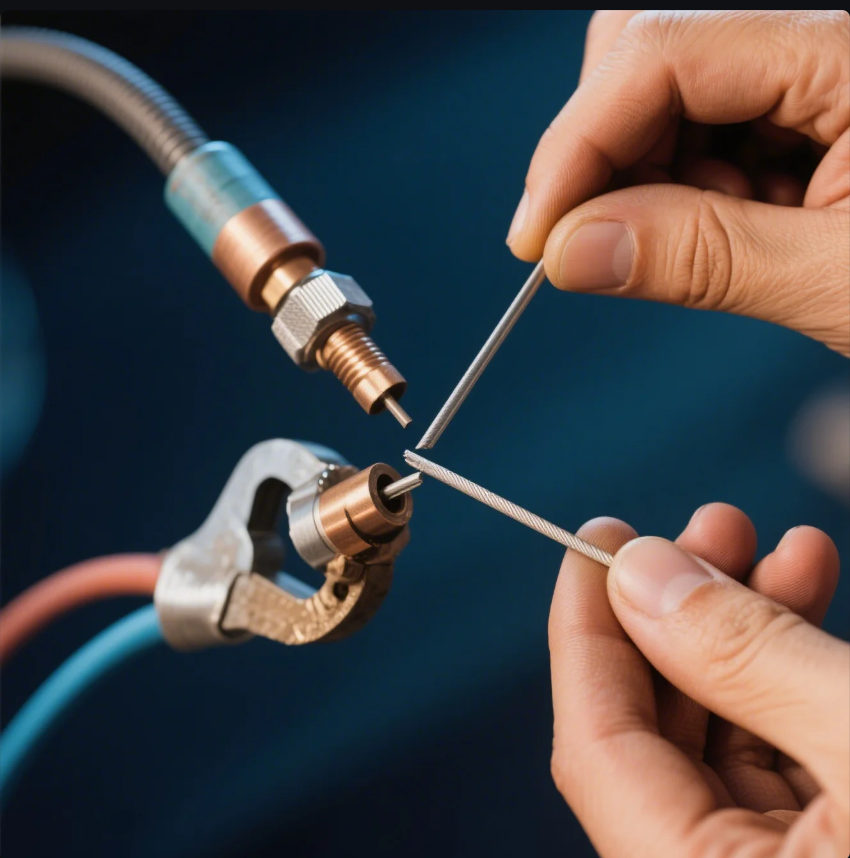
A buyer from Africa once asked us to help them build a standard rod chart for shop use. We created a 1-page visual guide based on their steel inventory, welder specs, and operator skill. Productivity jumped 20% in the next quarter.
Welding rod selection checklist
| Factor | Consideration |
|---|---|
| Base metal | Mild steel, stainless, cast iron? |
| Thickness | Thin (light rods) or thick (heavy rods) |
| Position | Flat, vertical, overhead |
| Power supply | AC only, DC, or both? |
| Application type | Repair, fabrication, structural code? |
At Prime, we consult with buyers during every order for ISO-certified welding parts, helping ensure the correct rod is chosen—not just for now, but for future repeat jobs.
Conclusion
Welding rod thickness should match material and project needs—thinner rods for control, thicker for strength.
Still unsure what size or type you need? Contact Prime today through our website for a free consultation and fast quote. We deliver ISO-certified rods, expert advice, and global shipping—so you get it right the first time.


